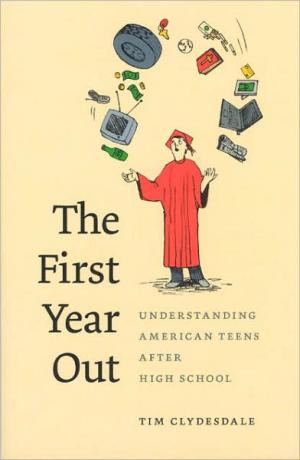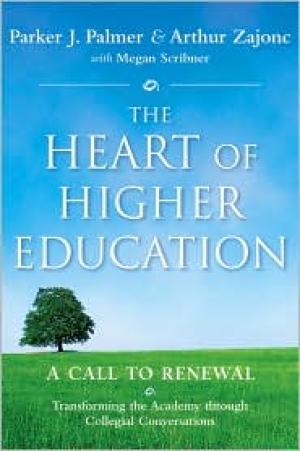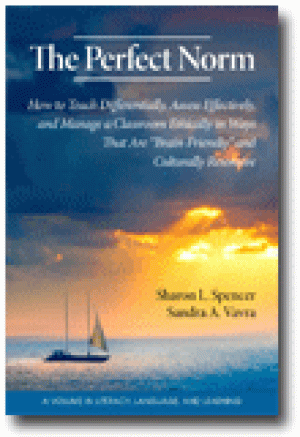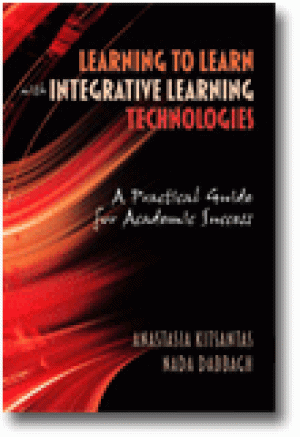Resources
Tomoko Masuzawa and a number of other contemporary scholars have recently problematized the categories of “religion” and “world religions” and, in some cases, called for its abandonment altogether as a discipline of scholarly study. In this collaborative essay, we respond to this critique by highlighting three attempts to teach world religions without teaching “world religions.” That is, we attempt to promote student engagement with the empirical study of a plurality of religious traditions without engaging in the rhetoric of pluralism or the reification of the category “religion.” The first two essays focus on topical courses taught at the undergraduate level in self-consciously Christian settings: the online course “Women and Religion” at Georgian Court University and the service-learning course “Interreligious Dialogue and Practice” at St. Michael's College, in the University of Toronto. The final essay discusses the integration of texts and traditions from diverse traditions into the graduate theology curriculum more broadly, in this case at Loyola Marymount University. Such confessional settings can, we suggest, offer particularly suitable – if somewhat counter-intuitive – contexts for bringing the otherwise covert agendas of the world religions discourse to light and subjecting them to a searching inquiry in the religion classroom.
Recent research by Barbara Walvoord suggests a perceived disparity between faculty learning objectives and students' desire to engage “big questions” in the introductory religion classroom. Faculty opinions of such questions are varied, ranging from a refusal to employ any approach that diverts attention away from critical thinking, to a willingness to integrate personal questions of meaning and purpose into the introductory religion course. This essay argues that, in light of work currently being done by such developmental theorists as Sharon Daloz Parks and Marcia Baxter Magolda, the integrative approach has much to commend it. It concludes with suggestions for how religion faculty can expand this approach through learning covenants, service learning, and seeing the religion classroom as a gateway to various mentoring communities on campus.

Wild parties, late nights, and lots of sex, drugs, and alcohol. Many assume these are the things that define an American teenager’s first year after high school. But the reality is really quite different. As Tim Clydesdale reports in The First Year Out, teenagers generally manage the increased responsibilities of everyday life immediately after graduation effectively. But, like many good things, this comes at a cost. Tracking the daily lives of fifty young people making the transition to life after high school, Clydesdale reveals how teens settle into manageable patterns of substance use and sexual activity; how they meet the requirements of postsecondary education; and how they cope with new financial expectations. Most of them, we learn, handle the changes well because they make a priority of everyday life. But Clydesdale finds that teens also stow away their identities—religious, racial, political, or otherwise—during this period in exchange for acceptance into mainstream culture. This results in the absence of a long-range purpose for their lives and imposes limits on their desire to understand national politics and global issues, sometimes even affecting the ability to reconstruct their lives when tragedies occur. The First Year Out is an invaluable resource for anyone caught up in the storm and stress of working with these young adults. (From the Publisher)

Praise for The Heart of Higher Education Palmer and Zajonc have issued a compelling call for change and renewal in higher education. They show us how colleges and universities can be transformed by taking a more integrated approach to teaching and learning that focuses on the inner lives of their students and faculty. At a moment when many are dreaming of an integrative form of higher education that unites intellectual rigor with compassion and love, Palmer and Zajonc invite us to engage in conversations designed to infuse the academy with meaning, purpose, and soul. For those who yearn to transform colleges and universities from sterile, vacuous spaces to places of hope, possibility, and respect for everything human, this is the book you have been waiting for. Parker Palmer and Arthur Zajonc call for a renewal of our commitment to inspiring deeper thinking and educating the whole person. This book should and will inspire debate about our larger purpose, about how we can go beyond the traditional silos in which we work for the sake of individual and institutional transformation. What should be at the center of our teaching and our students' learning? Palmer and Zajonc take up this simple but daunting question and provide the most solid ground yet on which to hold a conversation about the heart of our enterprise. They reimagine higher education in a way commensurate with the magnitude of our problems and offer us practical paths toward implementation. Integrative education is the most important reformation of higher learning since the rise of the modern university. This book can help us achieve it. (From the Publisher)
This article explores how to teach students to drink deeply from books. Drawing on the work of Peter Elbow, the article argues for incorporating experiential assignments that are structured to create a mediating realm between abstract concepts and concrete experiences. The bulk of the article explores in detail the author's use of such assignments first in a course on sexuality and religion and, second, in the standard Introduction to Religion course.

Our goal in writing this book was to validate teachers for strong efforts in their life's work. We often observe teachers' frustrations with what they perceive to be a multitude of different hot topics in education that they must attend to now, but which they expect to come and go, like the last hot topics. So, we wanted to help readers see similarities between many of these hot topics-differentiation, multiple intelligences, culturally responsive teaching, brain-friendly strategies, authentic assessment, and ethical classroom management which we feel are not flashes in the pan. And we trust that serious practitioners will not oversimplify the findings of neuroscientists and their application to education. Reading studies and books by scientists, a number of which are user-friendly, can help ensure that teachers separate the hype from credible information. We have seen this professionally judicious approach in the work of graduate students (Kolinski, 2007) in adopting brain-friendly strategies. We have intentionally packed both theoretical/research-based and practical information in this book because professional educators want to know why they should use certain approaches, models, and strategies. In turn, as professionals, we should be able to explain why we teach the way we do-not to justify, but to educate others about our knowledge-based, reflective, decision-making processes and the impact on student learning. Thus, it is important to read Chapter 1 because it lays a foundation. Each succeeding chapter (2-6) has unique and compelling twists and turns-chock full of ideas to use or to adapt. It is possible to gain lots of ideas, processes, and strategies from reading and implementing (or adapting) even one of the unit chapters, or a part of it. While some of the units are explicitly about literacy, others focus on content using reading, writing, speaking, and listening as critical in the learning process. Thus, literacy skills are reinforced and strengthened. Additionally, some of our colleagues and public school partners have given us feedback that they wanted to implement some of the units and activities themselves. So, feel free to use this book for self-exploration and professional development. (From the Publisher)

The purpose of this practical guide is to facilitate college students' academic success by fostering self-regulated learning skills or learning to learn through the use of Integrative Learning Technologies (ILT). It enables the college instructor, online instructor, instructional developer, or educator to envision, plan for, and implement customized instructional and curricular designs that foster learning to learn and motivate students to take ownership of their own learning. Specifically, this book demonstrates how college faculty who use Learning Management Systems (LMS) as well as emerging technologies such as Web 2.0 applications and social software can design learning tasks and course assignments that support and promote student: goal setting use of effective task strategies self-monitoring and self-evaluation time management help seeking motivation and affect Given the emphasis on retention of freshmen as a measure of institutional effectiveness, the focus on student success, and the increasing use of ILT in higher education, this book fulfills a dire need in the literature on the integration of technology and self-regulated learning. (From the Publisher)
Explores the correlation between religion and liberal education in the U.S. Influence of spiritual or religious practices on student learning; Effect of spirituality on liberal learning; Ways in which religious practices affect learning. INSET: MEASURES OF STUDENT ENGAGEMENT.
Results of the second phase in an ongoing major study of the spiritual lives of college students was released in a report called "The Spiritual Life of College Students." The study was conducted by the Higher Education Research Institute (HERI), a research center of higher education based in the Graduate School of Education & Information Studies (GSE&IS) at the University of California, Los Angeles (UCLA). It is a groundbreaking attempt to gain insight into the spiritual lives and concerns of students and improve how faculties and administrators at US colleges and universities address this part of their students' lives.